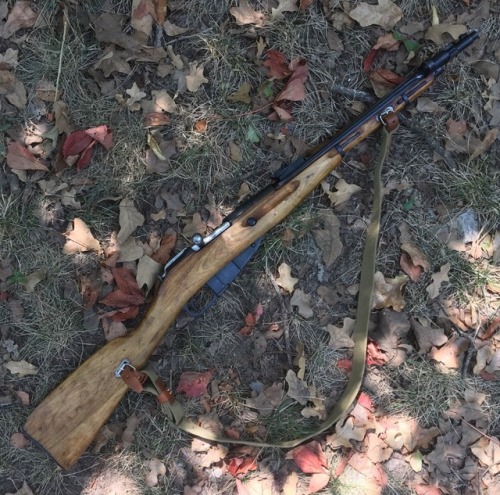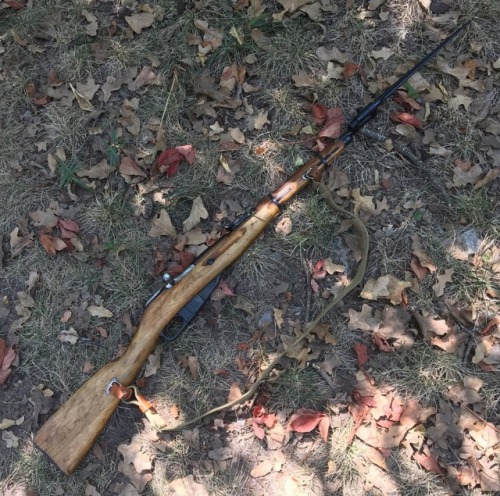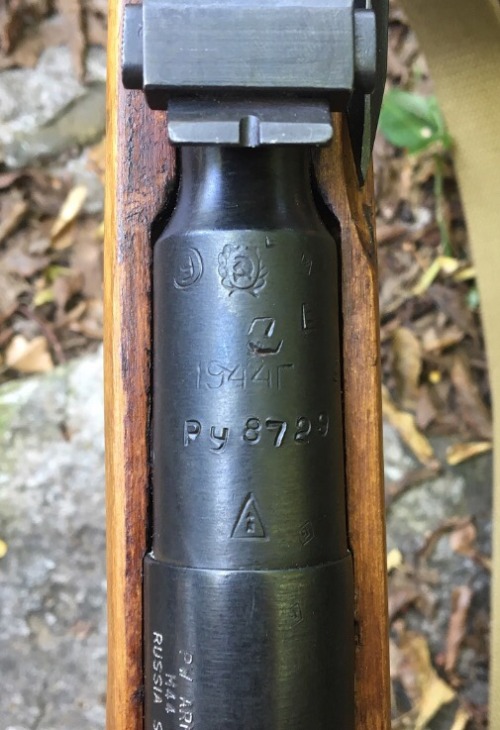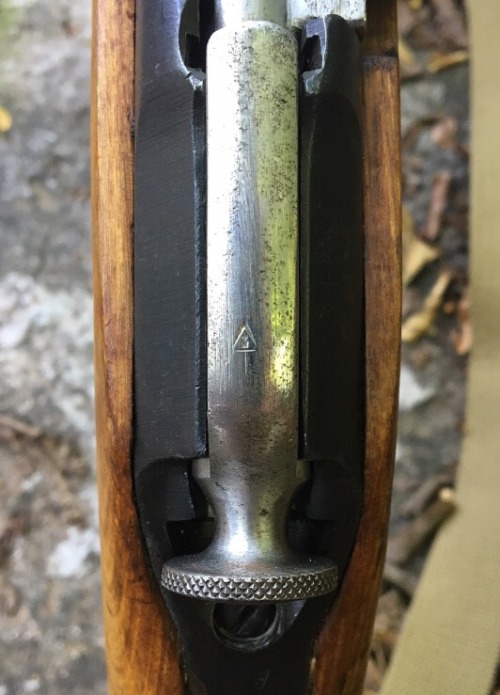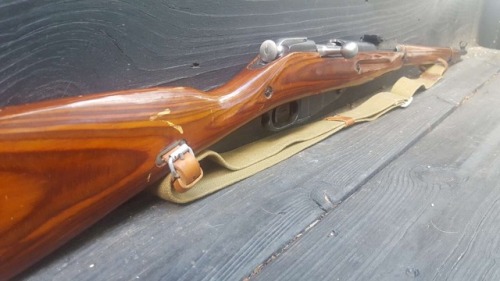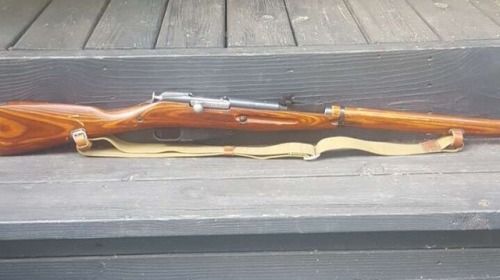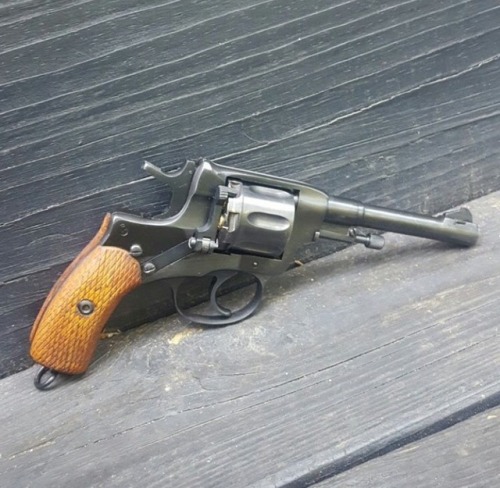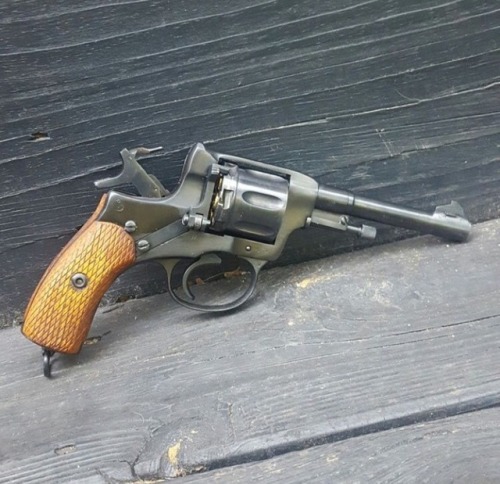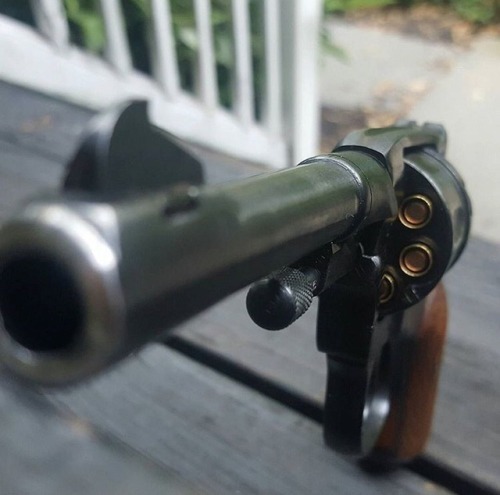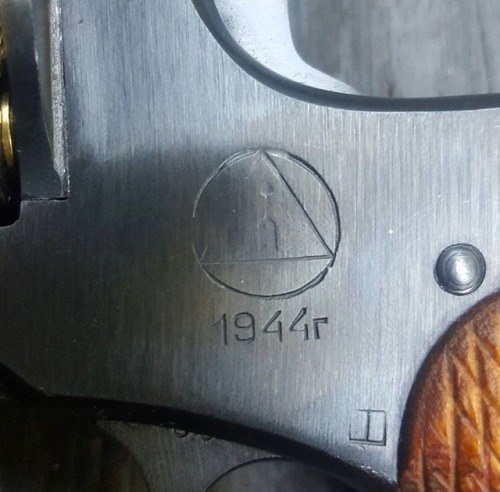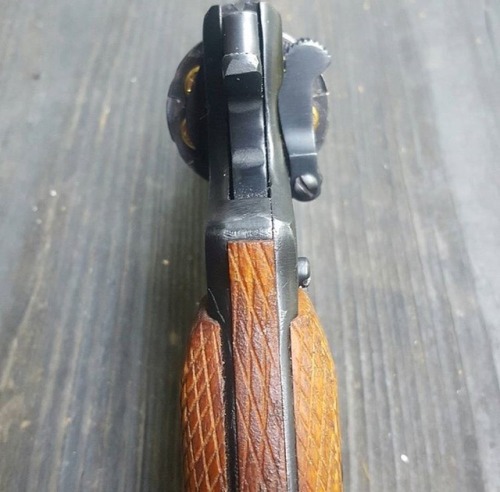#izhevsk
The M44 Mosin-Nagant was produced by Russia and several satellite countries during and after WWII. The majority of these rifles were manufactured in Izhevsk from 1944 to 1948 and a small number at Tula in 1944 alone. Mine was produced in 1944 at the Izhevsk plant. This model is very similar to the M38 which was produced exclusively by Russia for non-combative personell. They added a permanent side folding cruciform bayonet and a slot was removed on the stock to allow the spike to close completely. Many that were imported were fitted with M38 stocks that were modified, which is less desirable by collectors. -R
Post link
During the course of the AK-47s lifetime, there were constant improvements to the design of the magazines. In the 1960s they developed a new kind of glass reinforced polymer called AG4. They used this new plastic to create the newest magazine for their standard issue rifles. Created by injection molding, the two halves were joined with epoxy. The magazines include steel lugs on the front and back to strengthen the connection when inserted into the rifle, and later versions were manufactured with steel feed lips. The vast majority were made at the Izhevsk plant while a relatively small number were made at the Tula factory. Today many people call these Bakelite mags, even though this is technically incorrect. -R
Post link
Mosin Nagant M91/30 dated 1942 and from the Izhevsk factory. The Imperial Russians and Soviets built close to 37 million Mosins of every variant from 1891-1965. The M91/30 was the primary rifle of Soviet troops during WW2. The rifle is chambered in 7.62x54R. -A
Post link
Soviet Nagant M1895 revolver dated 1944 and from the Izhevsk factory. It is chambered in the unique 7.62x38R (7.62 Nagant). The Imperial Russians and Soviets produced as many as 2 million Nagant revolvers from 1895-1945. It wasn’t completely replaced in the arsenals of the Russian military until the Makarov was adopted in 1952. One unique feature of the M1895 is the gas-seal system. The action is in two stages- step one to rotate the cylinder, and step two to push the round into the chamber. This feature meant that the Nagant is one of few revolvers capable of being suppressed. -A
Post link

